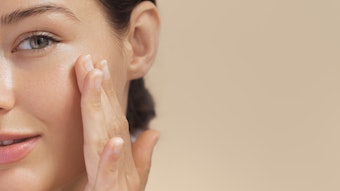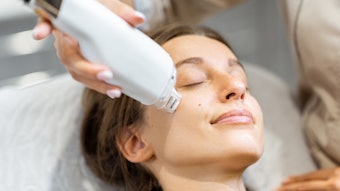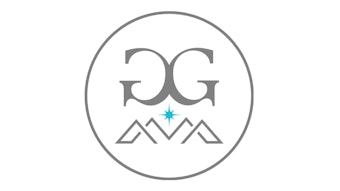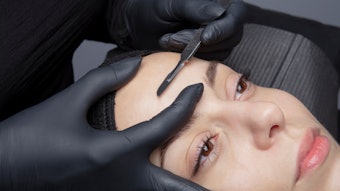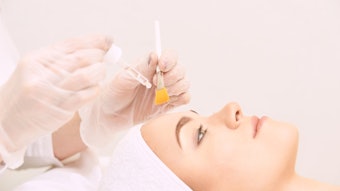A survey of patients undergoing skin cancer screening shows that women were more likely to seek screening because of a skin lesion, a family history of skin cancer, or concern about sun exposure, whereas men age 50 and older, a group at highest risk for melanoma, may only seek screenings after a previous skin cancer diagnosis, according to a report in the October issue of Archives of Dermatology, one of the JAMA/Archives journals.
In 2008, more than 62,000 Americans were diagnosed with the skin cancer melanoma and almost 8,500 died from the disease, according to background information in the article. Other skin cancers, including basal and squamous cell carcinomas, are more common but less often fatal. "Screening for melanoma and non-melanoma skin cancer involves a full-body examination of the skin by a trained professional," the authors write. "However, screening asymptomatic individuals without regard for risk factors can be low-yield. For example, only 1.5 per 1,000 people screened in the American Academy of Dermatology national screening programs were confirmed to have a melanoma."
Despite the low probability of detecting melanoma through such a widespread screening program, the public remains extremely interested in screenings from dermatologists, the authors note. Ryan Andrulonis and colleagues at the University of Pittsburgh surveyed 487 individuals seeking skin cancer screening between May and October 2009. Participants completed a 12-question survey with information about demographic factors, risk factors for melanoma and reasons for seeking skin cancer screening.
About 60% of the patients were female, and they had a median (midpoint) age of 53 years. The most common reasons for seeking skin cancer screening were a personal history of skin cancer (47.1%), followed by concern about sun exposure (30%) and a family history of non-melanoma skin cancer (29%). Most patients (80.6%) had sought screening without having a particular skin lesion that concerned them, although women were more likely than men to have a skin lesion they believed could be skin cancer (24.6% vs. 11.9%). Other findings included: women were more likely than men to be concerned about previous sun exposure (34.3% vs. 23.8%); participants younger than 50 years were more likely than those older to seek screening because of a family history of melanoma (30% vs. 18.9%) or on the recommendation of a friend (21% vs. 8.7%); and men 50 years or older were more likely than other individuals to seek screening because they had previously been diagnosed with skin cancer (64.6% vs. 40.8%).
Most patients believed screening had been proven to prevent skin cancer (72.3%) or reduce the risk of death from skin cancer (89.9%). "When asked to compare skin cancer screening with colonoscopy, mammography and Pap smears in terms of importance for preventing cancer-related death, nearly all patients believed the skin cancer screening examination to be equally valuable to these prospectively studied and proven screening tests, although no randomized prospective screening trials have shown evidence for or against skin cancer screening in the general population," the authors write.
"There is a need for better educational campaigns with specific recommendation for who should be screened for skin cancer," they conclude. "Better communication with the public in the form of specific guidelines, with an emphasis on encouraging screening of older men, may allow us to reach those patients who would most benefit from screening and increase the yield of early melanoma diagnoses during screening."
Story source: The above story is reprinted (with editorial adaptations by ScienceDaily staff) from materials provided by JAMA and Archives Journals.
Journal reference
1. Ryan Andrulonis; Aaron M. Secrest; Sean T. McGuire; Larisa J. Geskin; Laura Korb Ferris. The Influence of Age and Sex on Reasons for Seeking and Expected Benefits of Skin Cancer Screening. Arch Dermatol, 2010; 146 (10): 1097-1102 DOI: 10.1001/archdermatol.2010.254




